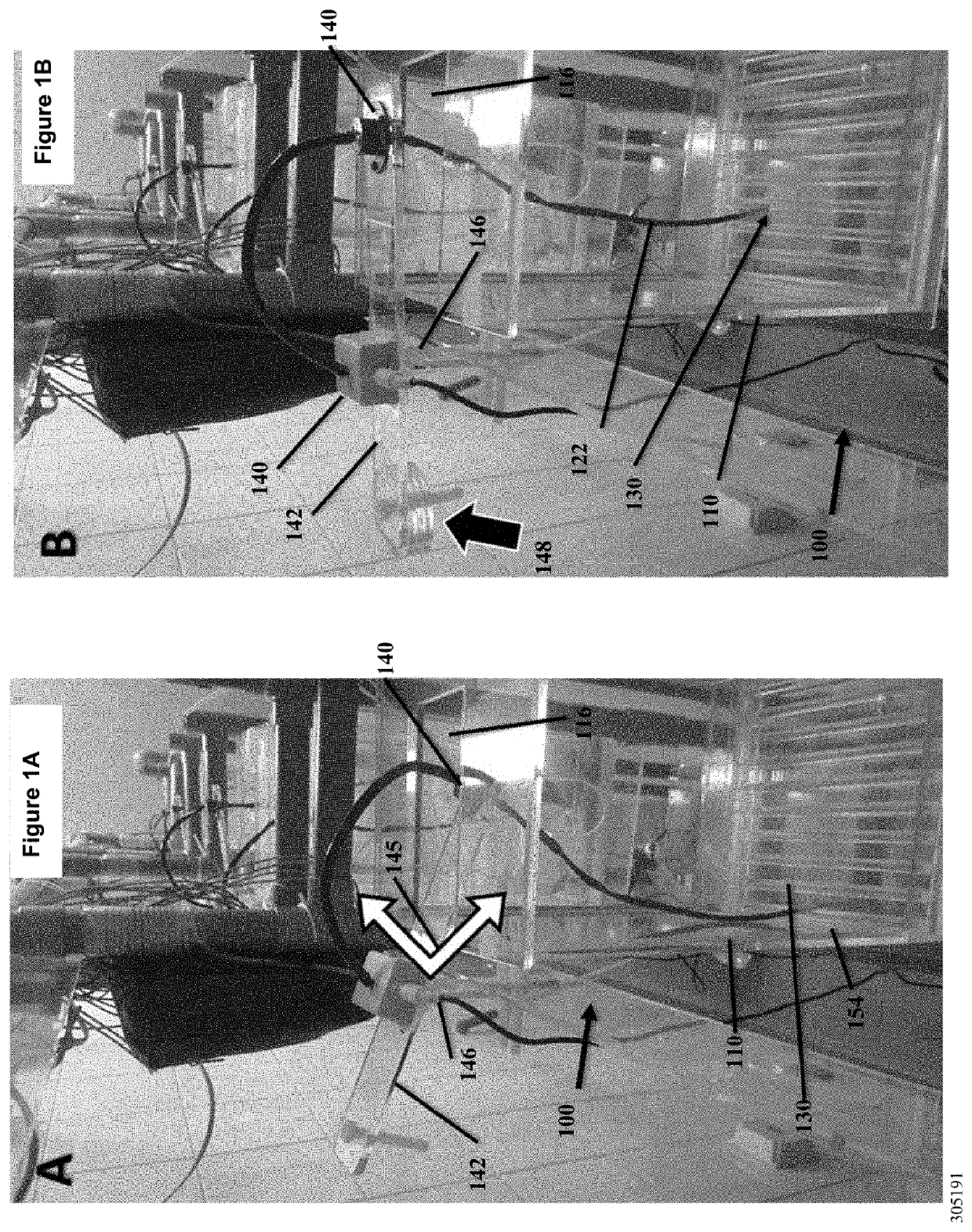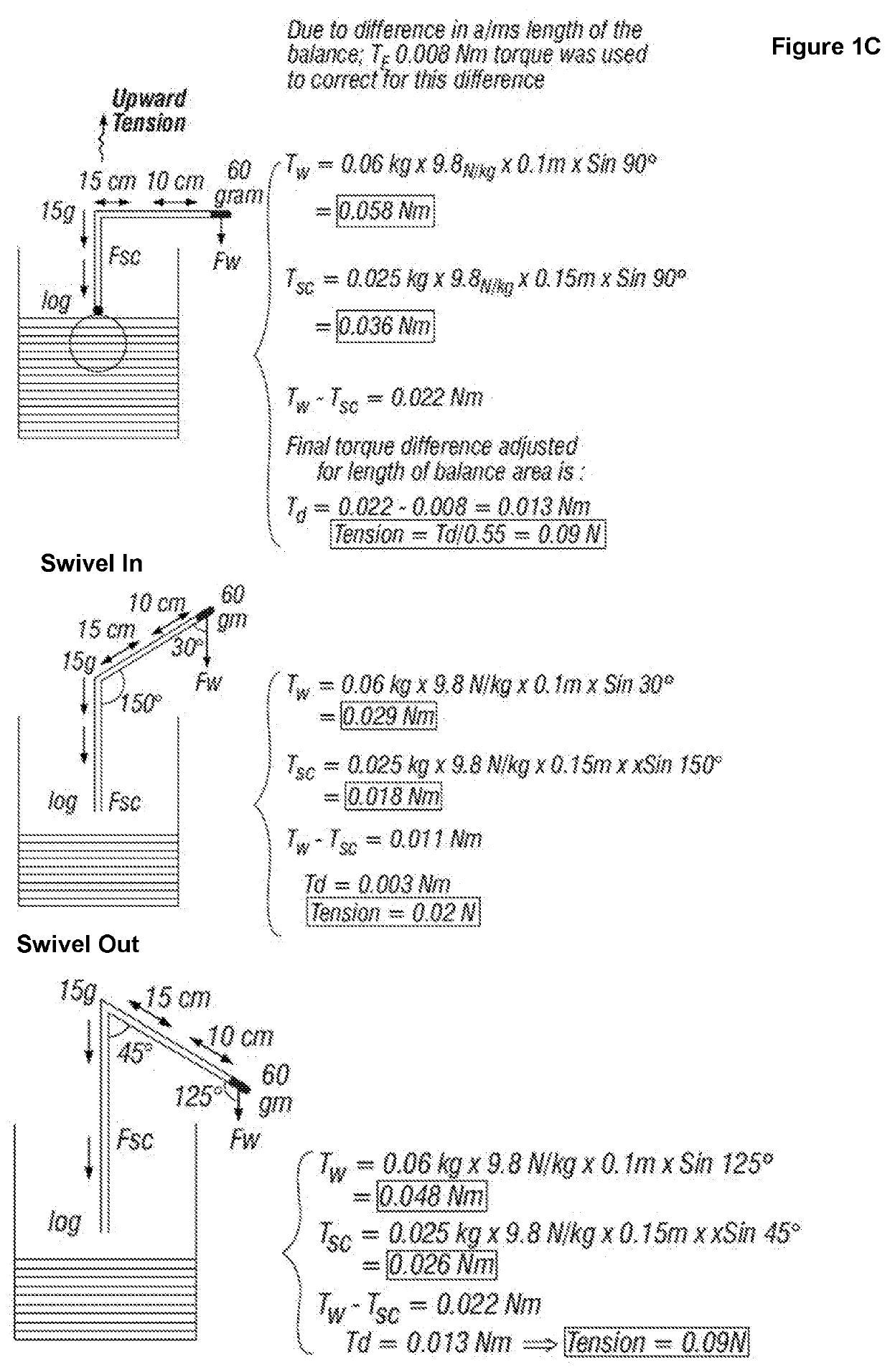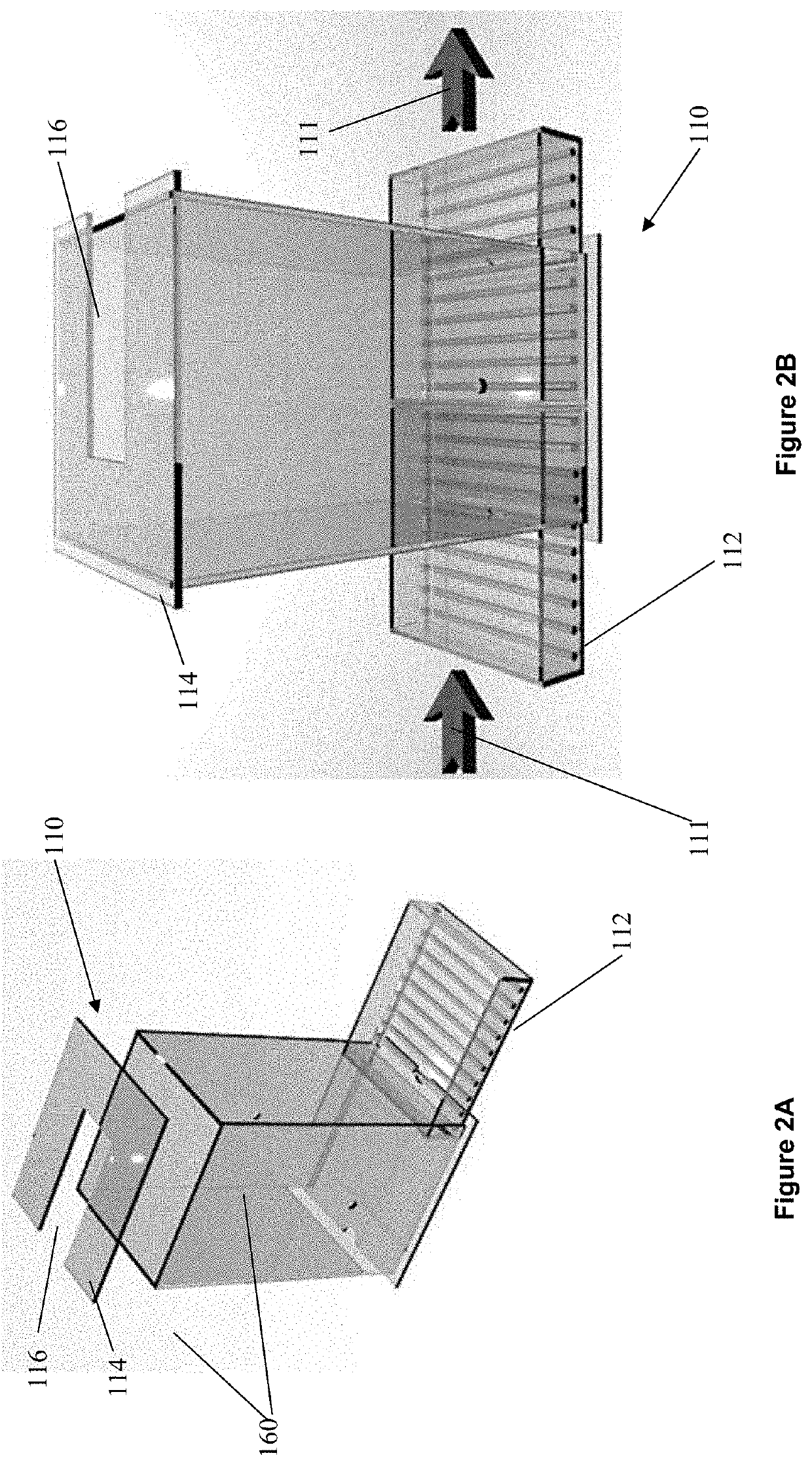Eeg swivel-balance cage system and methods of use
a cage system and swivel-balance technology, applied in the field of swivel-balance cage system and methods of use, can solve the problems of compromising costly experiments, unable to perform safe and prolonged eeg in rodents, and early termination of studies, so as to improve the success rate, longevity and quality of long-term, and prevent premature disconnections.
- Summary
- Abstract
- Description
- Claims
- Application Information
AI Technical Summary
Benefits of technology
Problems solved by technology
Method used
Image
Examples
examples
[0046]Materials and Methods
[0047]II.1 Surgical Implantation of Epidural or Depth EEG electrodes
[0048]Surgeries and all animal care and postoperative treatments were approved by, and conducted in compliance with the guidelines of, the Institutional Animal Care and Use Committee (IACUC) at the American University of Beirut (AUB). The function of IACUC at AUB is in compliance with the public health service policy on the humane care and use of laboratory animals (USA), and adopts the guide for the care and use of laboratory animals of the Institute for Laboratory Animal Research of the National Academy of Sciences (USA).
[0049]The following steps are followed in order to place epidural or depth electrodes, as shown in FIGS. 3A-3C.
[0050]1. The intramuscular surgical anesthesia mixture consists of ketamine (60 mg / kg), xylazine (6 mg / kg), and acepromazine (1.25 mg / kg).
[0051]2. After shaving the hair from the flat of the nose between the eyes down to the neck, the rat's head 200 is tightly s...
PUM
 Login to View More
Login to View More Abstract
Description
Claims
Application Information
 Login to View More
Login to View More - R&D
- Intellectual Property
- Life Sciences
- Materials
- Tech Scout
- Unparalleled Data Quality
- Higher Quality Content
- 60% Fewer Hallucinations
Browse by: Latest US Patents, China's latest patents, Technical Efficacy Thesaurus, Application Domain, Technology Topic, Popular Technical Reports.
© 2025 PatSnap. All rights reserved.Legal|Privacy policy|Modern Slavery Act Transparency Statement|Sitemap|About US| Contact US: help@patsnap.com



